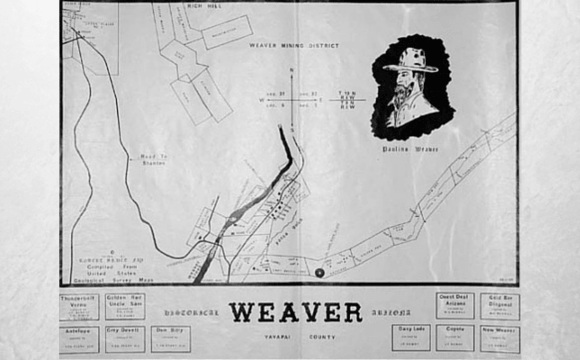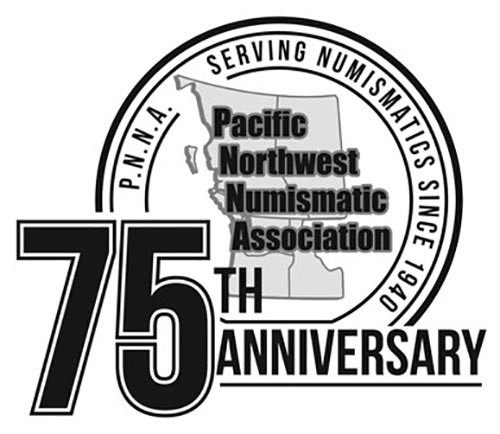
When the California Gold Rush began to subside in the mid-1850s, miners started moving east. Spanish legends of rivers rich with gold in the area surrounding what is now Arizona led many miners to the region. But with little to go on besides legends, and a harsh and unforgiving landscape to explore, the miners were having no luck. Until Pauline Weaver came into the picture.
Weaver was a famed mountain man and fur trapper. Though born in Tennessee, his travels took him all over North America. In his early thirties, he went on an expedition to the Rocky Mountains, which ended in Taos, New Mexico. Weaver decided to make the town his temporary base and trading post, and he never headed back East again.
Weaver traveled throughout the Southwest, fur trapping and prospecting for gold. Eventually, the mountain man ended up in an area of Arizona that later became the town of Congress. By 1862, Weaver was in his mid-sixties, yet he was still determined to find the legendary gold that had eluded so many before him. Weaver was half Cherokee, and had worked with Native Americans in the Southwest region for many years, both of which enabled him to act as a diplomat between white explorers and many of the local indigenous tribes. It was his unique relationship with Natives that eventually led him to the gold. They guided him to the east side of the Colorado River, which is where he discovered the gold that the Spanish legends spoke of. The word spread, and a full-blown gold rush began. A nearby town — now known at La Paz, Arizona — sprang up to house the miners.
After a year, the gold began to dry up. Weaver and a few men went out to prospect for more gold in the upper Hassayampa River in what’s now Yarnell, Arizona. On the first day of their expedition, some of the men explored a creek near their campsite. To their surprise, the first creek they investigated was rich with gold. The next day of the journey, while some of the men were out looking for their lost horses, they made another lucky discovery. The hill they were climbing was covered in gravel made of gold nuggets, some the size of potatoes. Now the men understood why the local Native Americans had named the area “potato patch.” The miners found ninety ounces of gold that very day, and gave the hill another name: “Rich Hill.”
Soon, the gold rush moved to Rich Hill, which was part of the Weaver mountain range. The mountain range, a new town called Weaver, and the entire gold mining district was named after Pauline Weaver. By 1860, the gold dried up, but the Weaver Mining District took its place as one of the legendary mines in American history.
Liberty Coin & Currency specializes in rare coins and currency. We are a family-owned business located in Portland and Vancouver. We also buy gold, silver, diamonds, and jewelry. Visit us first for a free evaluation.
Like this post? Let us know on Facebook, Twitter, Instagram, Pinterest, or Google+.







